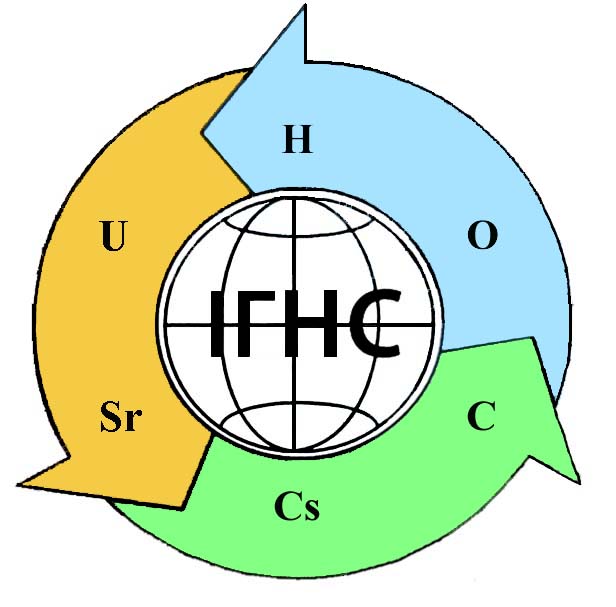UNDERGROUND LEACHING OF URANIUM – BENEFITS AND RISKS FOR THE ENVIRONMENT
Keywords:
uranium, Ukrainian shield, underground leaching, sedimentary cover, exogenous deposits, environmental protection.Abstract
Underground borehole leaching is used for extraction of uranium from sedimentary rocks. This method of extraction has significant advantages over other means, both because of lower cost of work and due to less pollution of the environment. Land reclamation in this case is minimal, since extraction of casing pipes and cementation of the wellbore is carried out to the plowing depth level, and also there is no discharge of solid and liquid waste, gases, aerosols into the air. There is no need for the construction and operation of the tailing dumps. It is possible to preserve in an undamaged state the day surface: after development of a deposit or a part of it, land may be used in agriculture without any restrictions. But groundwater pollution occurs, which may be accompanied by pollution of the rivers due to the migration of pollution halos to the groundwater discharge area in river valleys. Uranium is extracted by injection into a well of a technological solution which contains sulfuric and nitric acids, ammonium nitrate, ammonia water, and other reagents. After leaching of uranium, active chemical processes, both technogenic and geological, take place in aquifers due to accumulation of residual solutions in the productive horizons which interact with the underground waters, both interstitial from the crystalline basement and porous from the productive sandy Miocene aquifer, through the hydro-geological "windows" in the paleo-valley sides. This groundwater squeezes the residual solutions from the pore space of rocks, forcing them to move towards the area of unloading. The primary task of ensuring radiation and ecological safety of the water resources of uranium mining areas by underground well mining is to develop scientific bases for improving the existing safety methods.
References
Перспективи розвитку уранової сировинної бази ядерної енергетики України / за ред. Лисиченка Г.В., Верховцева В.Г. – Київ: НВП «Видавництво «Наукова думка» НАН України», 2014. – 355 с.
Сущук К.Г., Верховцев В.Г. Металогенія урановорудних районів в осадовому чохлі Українського щита // Зб. наук. праць ІГНС НАН України. – К. – 2017. – Вип. 27. – С. 50-74.
Моніторинг природного середовища після добування урану способом підземного вилуговування / В. Шумлянський, М. Макаренко В. Синчук та ін. – Київ: ЛОГОС, 2007. – 212 с.
Макаренко М.М., Шумлянський В.О., Суботін А.Г. Геологічні умови видобування урану способом підземного вилуговування та природне очищення забруднених підземних вод після його закінчення на Девладівському родовищі // Наук. праці Інституту фундаментальних досліджень. – Вип. 9 – Київ: Логос, 2005. – С. 172-181.
Подземное и кучное выщелачивание урана, золота и других металлов. Том 1. Уран. – Москва: Издательский дом «Руда и металлы», 2005. – 408 с.









